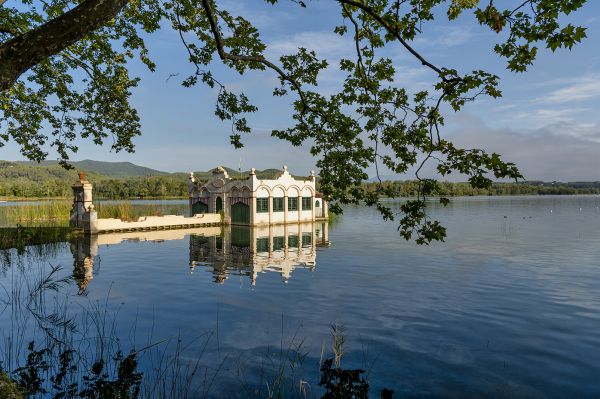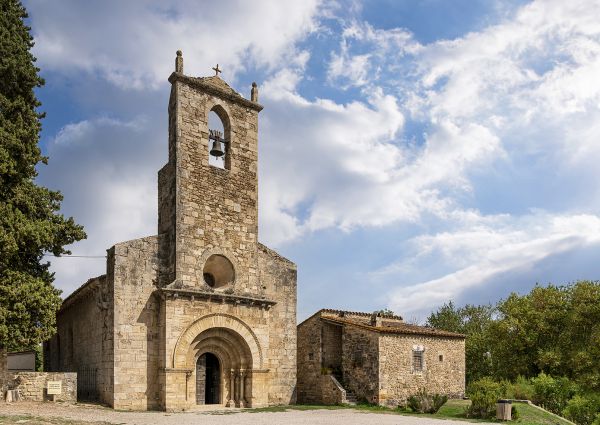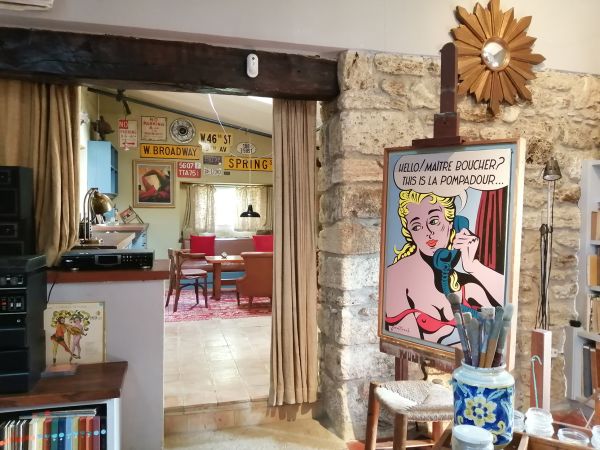Over the course of time many legends have grown up around the lake of Banyoles, legends that have passed from generation to generation. A trip around the area is a good way of finding out about its history, its heritage and, perhaps, it is also a way of unravelling what is true from what is false in these curious legends.
The tour begins in La Pesquera d’en Lero, where you will find the municipality's tourist information office. The building dates from 1886 and previously, amongst other uses, it was where the landing stage was for pleasure craft as well as housing a souvenir shop. It is a good place to appreciate the extent of the lake, the largest lake in Catalonia. If you set off towards Porqueres, you come to the Romanesque church of Santa Maria, outstanding on account of its decorative elements such as the interior arches and the semi-circular arched doorway, with its frieze of figurative medallions. In fact, there are many religious buildings in Banyoles that can be visited, such as the monastery of Sant Esteve, and the remains of the convent of Sant Martirià.
The lake route continues to Can Morgat, a farmhouse on top of a hill surrounded by holm oaks, a reminder of one of the legends concerning the formation of the lake. To return to the tour's point of departure continue onwards towards La Draga, a park to the side of the lake which contains La Draga Neolithic Park. This is one of the oldest agricultural sites in the north-east of the Iberian peninsula and one of the first lakeside Neolithic settlements in Europe. Here you can see reproductions of ancient huts and activities there, for all ages, give an idea of what it was like to live there in Neolithic times.
In addition to the trip around the lake, there are other outstanding places to be seen in Banyoles, such as the Llotja del Tint, the Pia Almoina and the town walls, amongst other attractions. On the way to Porqueres the tour can be extended, this time by car, to visit the studio-cum-workshop of Carles Fontserè, the renowned poster artist, illustrator, painter, writer and photographer. It is in Can Montguix, and on display in the house are some of the artist's paintings, some personal items, books and photographs, which give an insight into Fontserè's creative universe. He took up residence in Porqueres in the early 1970s upon his return from exile in various countries.
An excursion proposed in collaboration with the magazine
Descobrir 

